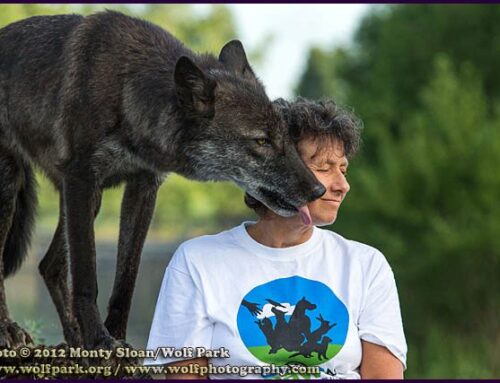 My contention has always been that if we can change the way that we think about fear based behaviors in dogs, the way we handle them will change as well.
My contention has always been that if we can change the way that we think about fear based behaviors in dogs, the way we handle them will change as well.
A trainer friend shared with me her experience with an owner who did not believe that dogs experienced emotions and was reluctant to use food rewards to help train and modify the dog’s behavior. We don’t have enough hands to tie behind our backs when we think in this way about dogs.
It’s surprising to think that there are still people who are unwilling to acknowledge the emotional kaleidoscope that dogs (and other animals) experience. It reminds me of people who did not believe that the earth was round. The reality that dogs are emotional is apparent in their behavioral responses, if you know what to look for. Still skeptical? Check out the research being done in brain science. The roundness of our planet was also apparent to some who knew what to look for. The fact that some didn’t believe that the earth was round, did not change the fact that it was. Certainly there were sailors for whom this may have required a leap of faith, but experience showed them that they did not have to worry about dropping off the edge of the ocean, even before there were satellite images.
There are trainers who refuse to acknowledge that the emotional stability a dog is able to achieve is not due to the trainer’s superb handling skills, but is rooted in early developmental processes. I am not implying that we cannot help dogs achieve emotional stability or that skill is not involved, but that it often requires a drastic change in the management of the animal to provide the optimal set of stimuli for this to occur. Dogs that are able to positively change their behavior are held up as proof of the validity of certain training techniques (namely flooding) while the dogs that do not improve are labeled in a way which implicates the dog for its lack of success, the dog is ‘too far gone’, for example. Pet owners are also held responsible when dominance or flooding based techniques are not successful.
In a perfect world all dogs would have the opportunity to live a safe and happy life regardless of their emotional and behavioral challenges. In a perfect world we’d work with these dogs to increase their confidence and provide them with skills that allow them to be successful in an environment created to allow them to flourish and change, whatever that looks like a particular dog. In a perfect world we’d all understand that while we don’t run the risk of falling off the edge of the planet, there are edges we can push dogs over that can send them plummeting into the abyss of restraint, aggression and ultimately death. And when they go there, remember who gave them the shove.
Debbie Jacobs is the creator of the fearfuldogs.com website and author of A Guide To Living With & Training A Fearful Dog.





